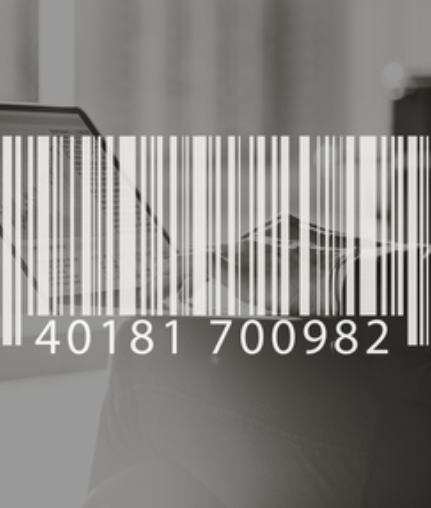Asset Tag vs. Barcode Label: A Quick Primer

Asset Tag vs. Barcode Label: A Quick Primer
If you are a business owner and starting to explore asset management strategies, you are probably wondering about the answer to the asset tag vs. barcode label question. In other words: What is the difference (if any) between the asset tag and the barcode label?
Actually, there is quite a bit to know about the asset tag vs. barcode label debate. First and foremost, barcodes and asset tags are both printed separately and applied to something at a later time. They both also tend to feature barcodes, though an asset tag might also contain a customized array of numbers and letters that are pre-defined by the company using them.
That is where similarities in the asset tag vs. barcode label issue end and where the differences begin.
When Barcodes Are More Than Barcodes
As you get into a discussion about the differences between the barcodes and the asset tags, it is best to define each separately. Let’s start with barcode labels.
Barcodes are printed on labels which are then applied to products and other items. Their black lines and bars are read by a scanner and translated into data in a specific system. They are put to use tracking goods in warehouses, packages and shipments, offices, and most commonly in retail settings. They can be used in bulk, such as a single barcode label applied to thousands of items and containing the same data. The latter is how barcode labels work in grocery stores and retail settings.
That is also a key differentiator in the discussion of asset tag vs. barcode label because asset tags are usually entirely unique.
Asset tags are labels made of different materials but which are affixed to equipment, inventory, or tools and which are used to track an asset’s whereabouts, condition, and other details. Asset tags are used individually, and though (as noted), they may feature a barcode, that series of bars and lines are associated with that one, single asset.
For example, an asset tag might be associated to a laptop owned by a company and when scanned it might reveal which employee is responsible for the computer, when it was bought, where it is located, which operating software it has, which vendor supplied it, serial numbers, and more. That data can be automatically or manually updated, and the information about the laptop can be used to gauge everything from depreciation to whether or not it has been lost.
So, if you have been weighing the asset tag vs. barcode label issue in the hopes of determining which is the best for your company’s needs, you might now know that both have their place. The asset tags are part of your asset management strategy and use barcodes, but barcode labels can be used for inventory of a more general nature. If you are eager to begin developing an access tag strategy, contact EXPRESS today and enjoy identification and asset tags made simple and to your specific needs.